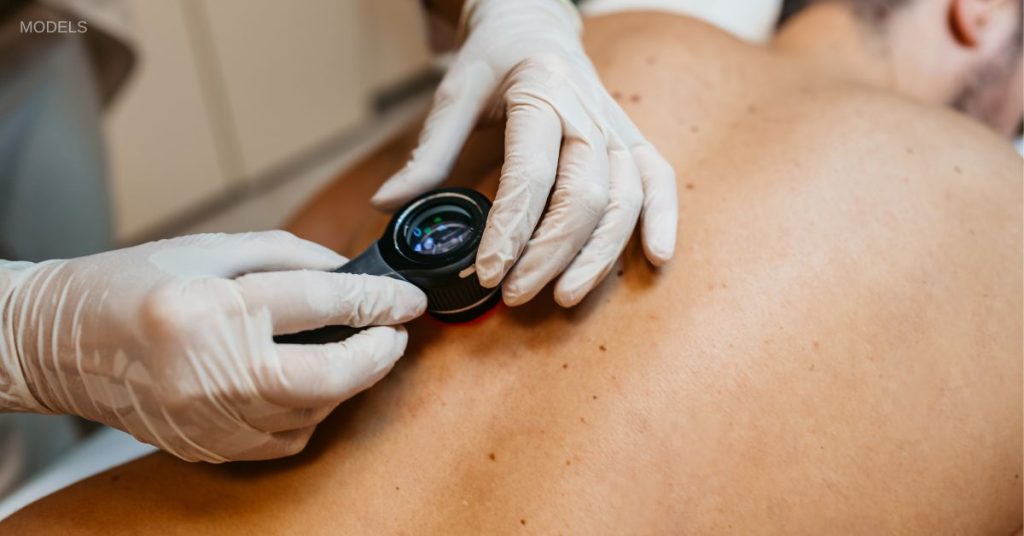
25
May
HOW PAINFUL IS A SKIN CANCER EXCISION & ANSWERS TO OTHER FAQS

If your dermatologist recommended excision to remove early-stage skin cancer, it’s normal to feel apprehensive. You may wonder how painful an excision is and how you will feel during recovery. Dr. Krathen will make sure you are comfortable during the procedure and give you guidelines on what to expect as he performs the excision.
When Is Excision Recommended?
Although several treatments can address early-stage or recurrent skin cancers, surgical excision is often the best choice to remove basal and squamous cell carcinomas and melanoma. In some cases, you may be advised to have margin-controlled excision, more commonly known as Mohs micrographic surgery, the gold standard for treating skin cancers. Both are safe and effective for removing many skin cancers.
How Do I Prepare for an Excision?
These simple steps will help set the stage for a smooth procedure and recovery.
- Let your dermatologist know all the medications you take before surgery, including aspirin, herbal supplements, and blood thinners.
- Depending on the lesion size, you will likely be given a local anesthetic. Although a local anesthetic shouldn’t impair your reflexes or judgment, having someone drive you home after your procedure is a good idea if the area involves an extremity and/or your head/neck region.
- Do not apply creams or lotions to the area prior to surgery.
- Don’t consume alcohol a few days before and after the procedure, as it may interfere with recovery.
- Trimming hair with a clipper (not a razor blade) 2-3 days before the procedure can be helpful if the site is relatively hairy.
Is Surgical Excision Painful?
Your dermatologist will numb the area with local anesthetic injections so you won’t feel pain during the procedure. These numbing injections can be temporarily uncomfortable for some people, especially in tender areas around the mouth and nose. You may feel slight pulling and pressure as your dermatologist removes the lesion, but you shouldn’t feel significant pain. Most patients tolerate the discomfort well.
Once your dermatologist removes the lesion, they will also excise a margin of healthy tissue around it. This is to ensure that all the cancerous tissue is removed. Your dermatologist will then stitch the area closed and prescribe pain medication as needed. In most cases, you will only need acetaminophen or other over-the-counter pain relievers to manage discomfort.
How Do I Care for the Surgical Site?
Avoid getting the surgical site wet for a few days to avoid infection. Your dermatologist will advise you when gently washing the area is OK. As you heal, expect to see some redness and mild swelling at the site.
Some patients may experience mild bleeding from the wound. If you notice bleeding, press on the area firmly with a clean towel to stop the bleeding. If the bleeding continues after 20 minutes, call your provider immediately. Check out this related blog post for more details on recovery after skin cancer excision.
Will I Have a Scar After Skin Cancer Excision?
Although a scar is inevitable after excision, Dr. Krathen will employ techniques to minimize scarring. Elliptical excision is most common for skin cancer excision, where the incision runs parallel with the skin’s creases. This type of incision heals quickly and leaves a less visible scar.
Your dermatologist will discuss the best excision option for you based on the size of your lesion and general skin health.
Undergoing skin cancer excision can be challenging, but an experienced dermatologist will give you realistic expectations about the procedure and answer all your questions. If you have a skin lesion you’re concerned about, don’t wait to have it checked. Request a consultation or call us at (508) 827-2615 to schedule an appointment with Dr. Krathen.
